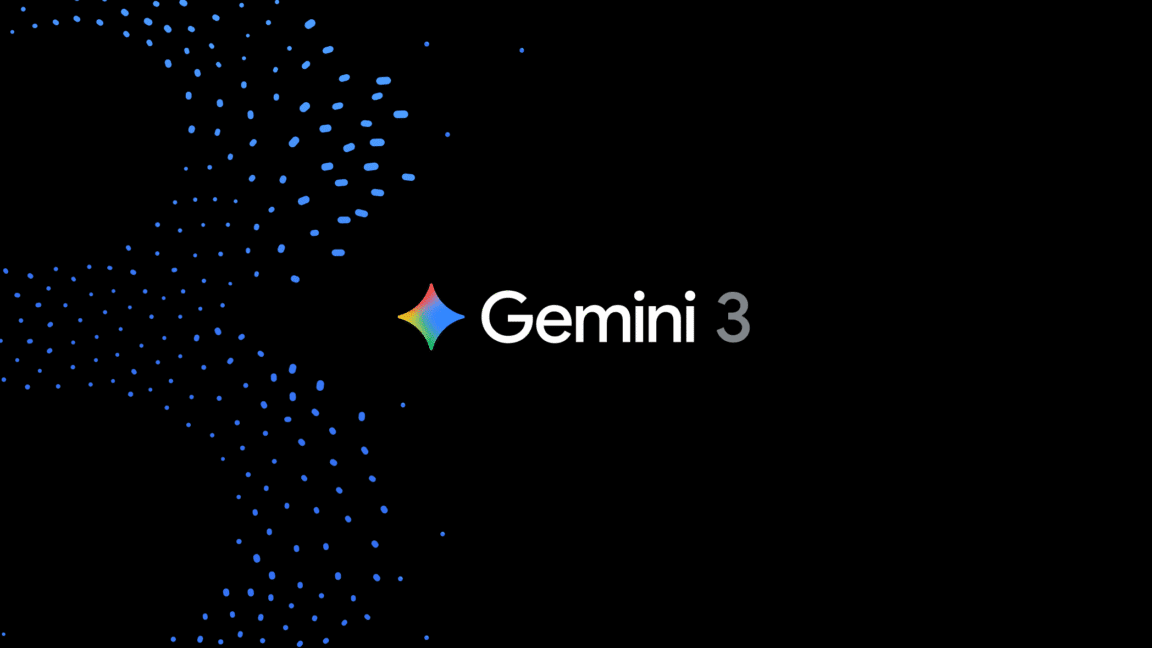
cloudflare explains tuesday s outage that temporarily Cloudflare has provided an in-depth explanation regarding the outage that temporarily disrupted services like ChatGPT, X, and Downdetector, marking its most significant service interruption since 2019.
cloudflare explains tuesday s outage that temporarily
Overview of the Outage
On Tuesday, Cloudflare co-founder and CEO Matthew Prince published a blog post detailing the events surrounding the outage. The incident, which lasted for several hours, was attributed to a malfunction in the Bot Management system, a crucial component designed to regulate which automated crawlers are permitted to access specific websites using Cloudflare’s Content Delivery Network (CDN). This outage affected a wide array of services, highlighting the extensive reach of Cloudflare’s network, which reportedly supports about 20 percent of the web.
Impact of the Outage
The outage had a cascading effect on numerous online platforms. Services ranging from social media platforms like X to popular tools such as ChatGPT were rendered inaccessible for a significant period. Additionally, the well-known outage tracker Downdetector was also affected, further illustrating the widespread implications of the incident. This disruption echoed similar outages experienced recently by major cloud service providers such as Microsoft Azure and Amazon Web Services, raising concerns about the reliability of centralized internet services.
Understanding Cloudflare’s Bot Management System
Cloudflare’s Bot Management system plays a critical role in maintaining the integrity and performance of websites by managing automated traffic. This system is designed to mitigate issues such as web scraping, where automated bots extract information from websites, often for purposes like training generative AI models. To combat these challenges, Cloudflare has recently introduced innovative solutions, including the AI Labyrinth, which employs generative AI to create content that can confuse and slow down bots that do not adhere to ‘no crawl’ directives.
Technical Breakdown of the Outage
Despite the advanced technologies in place, the outage was ultimately traced back to a change in the permissions system of a database, rather than the generative AI technology or any issues related to DNS. Initially, Cloudflare speculated that the outage might have been caused by a cyber attack or a hyper-scale DDoS attack, but these theories were quickly ruled out.
According to Prince, the machine learning model that underpins the Bot Management system relies on a frequently updated configuration file to identify automated requests traversing its network. However, a modification in the underlying ClickHouse query behavior led to the generation of a large number of duplicate ‘feature’ rows within this configuration file. As the file rapidly expanded and exceeded preset memory limits, it ultimately caused the core proxy system responsible for processing traffic to fail, particularly for any traffic reliant on the bot management module.
Consequences of the Technical Failure
The ramifications of this failure were significant. Companies utilizing Cloudflare’s rules to block specific bots encountered false positives, inadvertently blocking legitimate traffic. Conversely, those customers who did not rely on the generated bot scores in their traffic management rules remained unaffected and continued to operate normally. This discrepancy highlighted the critical importance of robust configuration management and the need for continuous monitoring of system performance.
Plans for Future Prevention
In response to the outage, Cloudflare has outlined four specific strategies aimed at preventing similar incidents from occurring in the future. These plans reflect a commitment to enhancing the reliability and resilience of its services, particularly in light of the increasing centralization of internet services, which can exacerbate the impact of outages.
- Hardening Ingestion of Configuration Files: Cloudflare plans to strengthen the ingestion process for its generated configuration files, treating them with the same level of scrutiny as user-generated input. This approach aims to minimize the risk of errors that could lead to system failures.
- Global Kill Switches: The implementation of more global kill switches for features will provide Cloudflare with the ability to quickly disable problematic components of its system in the event of an outage, thereby reducing downtime.
- Resource Management: Cloudflare intends to eliminate the potential for core dumps or other error reports to overwhelm system resources, which can exacerbate the effects of an outage.
- Reviewing Failure Modes: A comprehensive review of failure modes for error conditions across all core proxy modules will be conducted to identify vulnerabilities and improve overall system robustness.
Stakeholder Reactions
The outage has prompted a range of reactions from stakeholders, including Cloudflare customers and industry analysts. Many customers expressed frustration over the disruption, particularly those whose businesses rely heavily on uninterrupted access to their websites and services. The incident has reignited discussions about the risks associated with relying on centralized services for critical internet infrastructure.
Industry analysts have pointed out that while Cloudflare’s response to the outage has been transparent and proactive, the incident underscores the inherent vulnerabilities in centralized internet services. As more businesses migrate to cloud-based solutions, the potential for widespread outages increases, raising questions about the resilience of these systems.
Broader Implications for Cloud Services
This outage serves as a reminder of the fragility of internet infrastructure, particularly as more services become interdependent. The reliance on a small number of providers for critical services can create a single point of failure, leading to significant disruptions when issues arise. As the digital landscape continues to evolve, the importance of robust contingency planning and risk management strategies cannot be overstated.
Future of Bot Management
As Cloudflare moves forward, the company is likely to continue refining its Bot Management system to better handle the complexities of automated traffic. The integration of generative AI technologies presents both opportunities and challenges, as the landscape of web scraping and bot activity becomes increasingly sophisticated. Cloudflare’s ongoing commitment to innovation in this space will be crucial in maintaining the integrity of its services and ensuring that its customers can navigate the evolving digital environment with confidence.
Conclusion
In conclusion, Cloudflare’s recent outage has highlighted the vulnerabilities inherent in centralized internet services and the critical importance of robust system management. The company’s transparent response and outlined plans for future prevention demonstrate a commitment to improving service reliability. As the digital landscape continues to evolve, the lessons learned from this incident will be invaluable in shaping the future of cloud services and bot management.
Source: Original report
Was this helpful?
Last Modified: November 19, 2025 at 9:37 am
2 views















